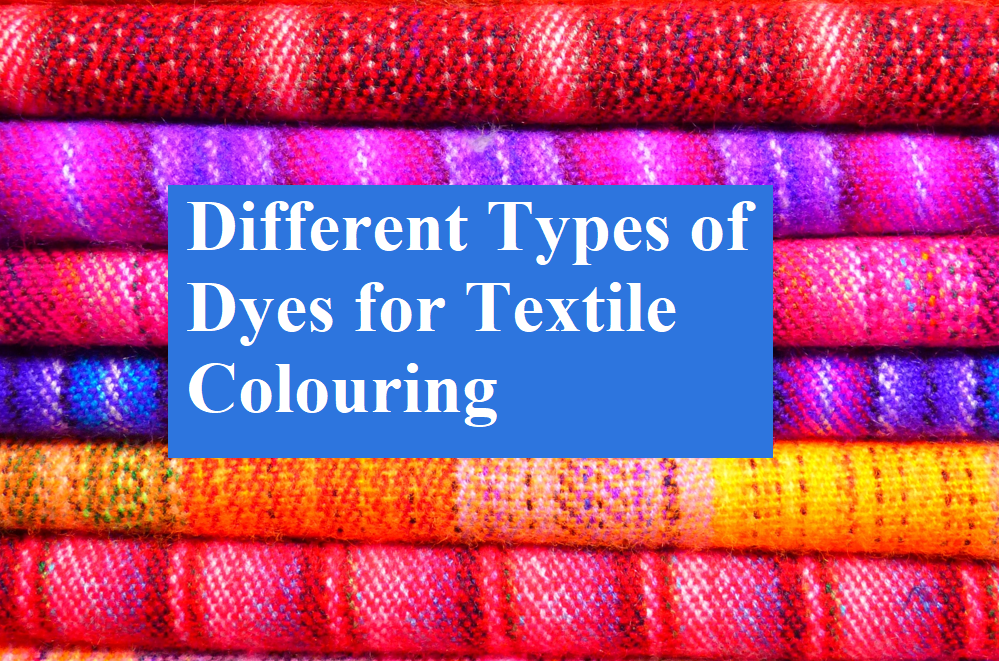Innovative Solutions for Sustainable Dye Production and Supply Chain Management
The Vibrant World of Dye Production Companies
In today’s world, color is everywhere, enriching our lives in ways we may not even consciously recognize. From the fabrics we wear to the products we consume, dyes play a pivotal role in adding vibrancy and personality to our environments. At the heart of this colorful industry are dye production companies, which are essential for supplying the myriad of colors we see daily. This article delves into the significance of dye production, the various types of dyes, the production process, and the industry’s response to environmental concerns.
The Significance of Dye Production
Dye production companies are instrumental in various industries, including textiles, cosmetics, food, and pharmaceuticals. The textile industry, for example, relies heavily on these companies to provide a wide spectrum of colors for fabrics, which can influence fashion trends and consumer preferences. Additionally, dyes are critical in the cosmetic industry, where they are used in makeup, hair products, and skincare items to enhance aesthetic appeal.
The global demand for dyes continues to grow, driven by increasing consumerism and a never-ending quest for novel and unique products. With the rise of fast fashion and the increasing popularity of personalized and custom products, dye production companies find themselves at the forefront of creative innovation.
Types of Dyes
Dyes can be classified into several categories based on their chemical composition and application methods. The most common types include
1. Natural Dyes Sourced from plants, insects, and minerals, these dyes have been used for centuries. They appeal to consumers looking for eco-friendly and sustainable options.
2. Synthetic Dyes Developed through chemical processes in laboratories, synthetic dyes are popular for their vibrancy, affordability, and permanence. They can be tailored to meet specific requirements, making them the mainstay of the textile industry.
3. Reactive Dyes These dyes form strong covalent bonds with the fabric, resulting in excellent color fastness. They are widely used for cotton and other cellulose fibers.
4. Acid Dyes Typically used for protein-based fibers, such as wool and silk, acid dyes offer bright colors and good wash fastness.
5. Disperse Dyes Primarily used for polyester and other synthetic fibers, disperse dyes are characterized by their ability to dissolve in water and enable dyeing at high temperatures.
Each type of dye has its unique properties and applications, catering to diverse industrial needs and consumer preferences.
dye production company

The Production Process
The production process of dyes is intricate and requires a deep understanding of chemistry and engineering. The process generally involves the following steps
1. Raw Material Procurement Dye production begins with sourcing raw materials, which can be natural or synthetic, depending on the type of dye being produced.
2. Chemical Synthesis For synthetic dyes, the raw materials undergo chemical reactions to create various colorants. This involves complex procedures that may include oxidation, reduction, and coupling reactions.
3. Purification and Testing The synthesized dyes are purified to remove impurities and then subjected to rigorous testing to ensure quality and performance standards are met.
4. Formulation and Blending Different dyes may be blended to achieve specific colors or properties, tailored to meet customer requirements.
5. Packaging and Distribution Finally, the finished products are packaged and distributed to various industries, from fashion to food.
Environmental Concerns and Innovations
The dye production industry is facing substantial pressure to adopt more sustainable practices. Traditional dyeing processes can be incredibly resource-intensive, consuming large amounts of water and energy while generating significant waste. As awareness of environmental issues continues to grow, many dye production companies are exploring eco-friendly alternatives.
Innovations such as waterless dyeing technologies, bio-based dyes, and recycling methods for wastewater are becoming more prevalent. Companies are also investing in research and development to create less toxic and biodegradable dyes, responding to consumer demand for sustainable products.
Conclusion
Dye production companies may operate behind the scenes, but their contribution to modern life is immense. They not only influence aesthetics but also drive trends across various industries. As the world moves towards sustainability, these companies are evolving, embracing innovation and responsibility to meet the ever-changing needs of consumers. The colorful world of dye production will undoubtedly continue to thrive, painting a vibrant future for generations to come.
-
The Timeless Art of Denim Indigo Dye
NewsJul.01,2025
-
The Rise of Sulfur Dyed Denim
NewsJul.01,2025
-
The Rich Revival of the Best Indigo Dye
NewsJul.01,2025
-
The Enduring Strength of Sulphur Black
NewsJul.01,2025
-
The Ancient Art of Chinese Indigo Dye
NewsJul.01,2025
-
Industry Power of Indigo
NewsJul.01,2025
-
Black Sulfur is Leading the Next Wave
NewsJul.01,2025

Sulphur Black
1.Name: sulphur black; Sulfur Black; Sulphur Black 1;
2.Structure formula:
3.Molecule formula: C6H4N2O5
4.CAS No.: 1326-82-5
5.HS code: 32041911
6.Product specification:Appearance:black phosphorus flakes; black liquid

Bromo Indigo; Vat Bromo-Indigo; C.I.Vat Blue 5
1.Name: Bromo indigo; Vat bromo-indigo; C.I.Vat blue 5;
2.Structure formula:
3.Molecule formula: C16H6Br4N2O2
4.CAS No.: 2475-31-2
5.HS code: 3204151000 6.Major usage and instruction: Be mainly used to dye cotton fabrics.

Indigo Blue Vat Blue
1.Name: indigo blue,vat blue 1,
2.Structure formula:
3.Molecule formula: C16H10N2O2
4.. CAS No.: 482-89-3
5.Molecule weight: 262.62
6.HS code: 3204151000
7.Major usage and instruction: Be mainly used to dye cotton fabrics.

